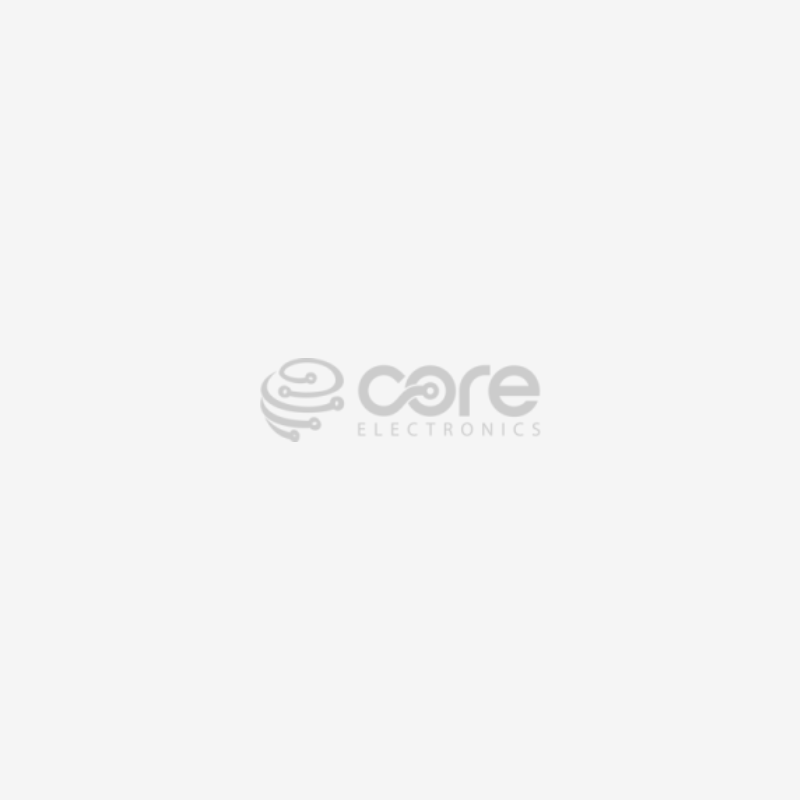This is a placeholder topic for “Universal Qi Wireless Receiver Module” comments.
If you have a modern smart phone you may have noticed that it comes with built in wireless charging capability called ‘Qi charging.’ Qi is a trademark name for a … read more
Read more
Hi Im looking to implement wireless charging to my project. Imlooking at getting a 400mA LiPo battery. I do want to have a USB-C charging capabilities and wireless charging such that i can use either one.
would this work Adafruit Mini Lipo w/Mini-B USB Jack - USB LiIon/LiPoly charger - v1 Australia ?
Im looking to add it to a TinyPi2040 which has a usbC port already.
On the other note, how can i have some more data storage on a microcontoler? What kind of chip would i need to use to also have the data persisten but erasable when i want to?
For a chip solution, this is probably the way to go:
For a module, a SD card would be suitable.
Hi thanks so much @Jeff105671 .
Do you know if it is possible to have wireless charging and USB-C https://core-electronics.com.au/adafruit-micro-lipo-charger-for-lipoly-batt-with-usb-type-c-jack.html charcing capabilities which then power a TinyRP2040 board?
Idealy i would like to be using either charging method. as the board wont use alot of power i think i dont need to have something like this USB LiIon/LiPoly charger [v1.2] : ID 259 : $12.50 : Adafruit Industries, Unique & fun DIY electronics and kits implemented to make sure the charging doesnt break the Lipo battery?
Hi Markus,
I did some looking, and found that the tiny 2040 has the 5V pin connected directly to the USB-C connector. Not sure how you’d do power management though, as that usually sits in between your power input and load, rather than alongside.
You might want to take a look at the Feather RP2040 board, as it’s got power management built-in.
You can then wire in a Qi reciever to the USB pin.
While the ultra-compact tiny 2040 is nice, you’ve occasionally got to make size compromises with maker projects and prototypes. Designing a custom PCB will get you the smallest board possible, I’ll never stop plugging @Michael’s KiCAD series
Hope this gets you closer!
-James
